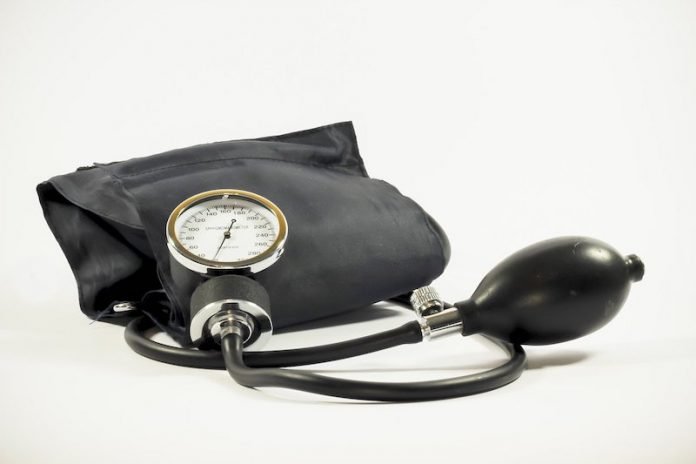
Uncontrolled high blood pressure is the largest modifiable risk factor contributing to death from all causes.
Nearly half of U.S. adults have high blood pressure, defined as equal to or greater than 130 mm Hg systolic (top number), or 80 mm Hg diastolic (bottom number).
However, most adults with high blood pressure don’t have their numbers under control.
In a recent study at HealthPartners Institute in Minneapolis and elsewhere, researchers found people enrolled in a telemonitoring program to control high blood pressure were about half as likely to have a heart attack or stroke compared to those who received routine primary care.
They found that a heart attack, stroke, stent placement, or heart failure hospitalization occurred in 5.3% of the telemonitoring group vs. 10.4% of the routine primary care group.
The study is published in Hypertension. One author is Karen L. Margolis, M.D., M.P.H.
In the study, the team tested 450 participants with uncontrolled high blood pressure.
Participants were divided into two groups: 222 patients were in the routine primary care group and 228 in the telemonitoring group that also received one year of remote care managed by a pharmacist.
In the telemonitoring group, patients were able to measure their blood pressure at home and send it electronically to the pharmacist, who then worked with them to make medication and lifestyle changes in their treatment.
In clinic visits for all participants, the researchers monitored blood pressure at enrollment, 6 months, 12 months, 18 months, and 5 years.
They found in the telemonitoring group, there were 15 serious cardiovascular events (5 non-fatal heart attacks, 4 non-fatal strokes, 5 heart failure hospitalizations, 1 CV death) among 10 patients.
This group also had 2 stent placements, making the total event rate of 5.3%.
In the routine primary care group, there were 26 serious cardiovascular events (11 non-fatal heart attacks, 12 non-fatal strokes, 3 heart failure hospitalizations) among 19 patients.
They also had 10 stent placements, making the total event rate of 10.4%.
Based on these findings, the team says widespread adoption of the telemonitoring model might help U.S. adults with uncontrolled high blood pressure avoid serious cardiovascular events and reduce health care costs.
They recommend future studies to figure out how to increase the number of patients engaged in home blood pressure monitoring over many years, and to measure cardiovascular risk factors and cardiovascular events over that extended period.
Copyright © 2020 Knowridge Science Report. All rights reserved.



